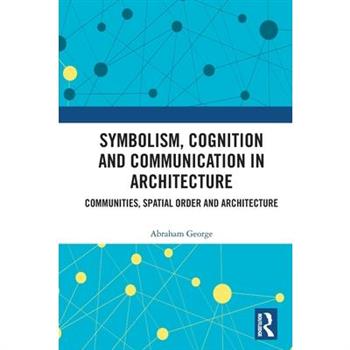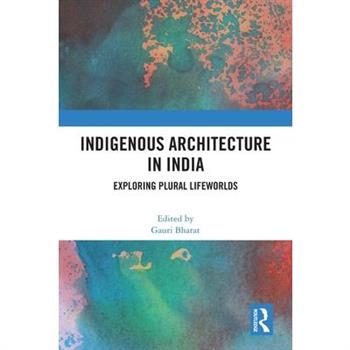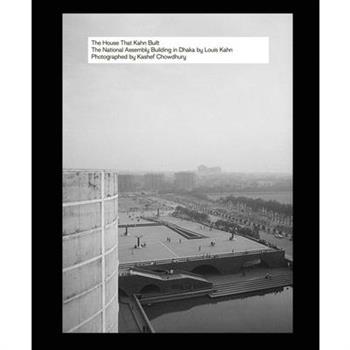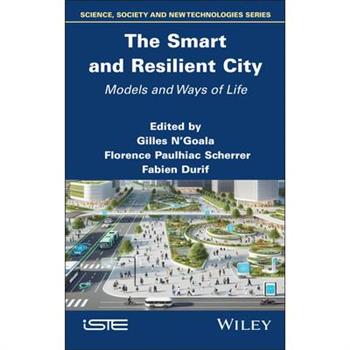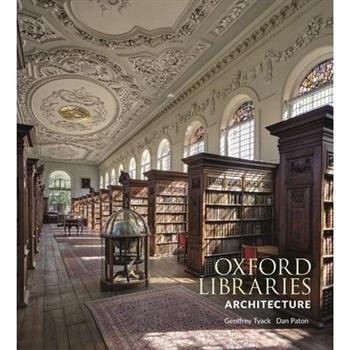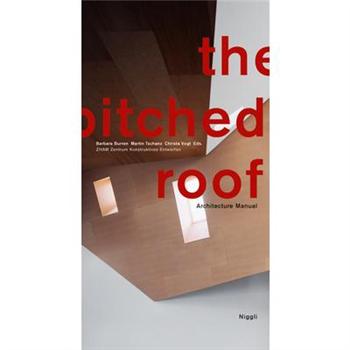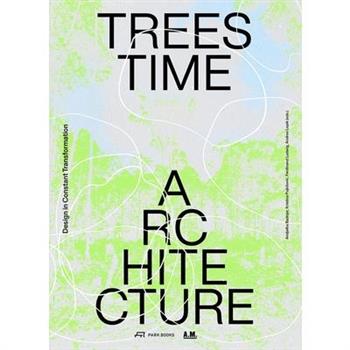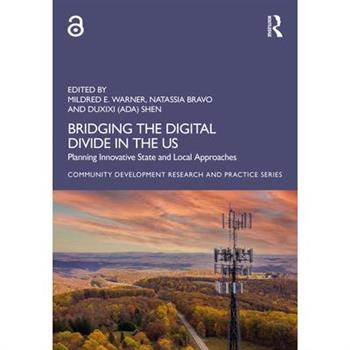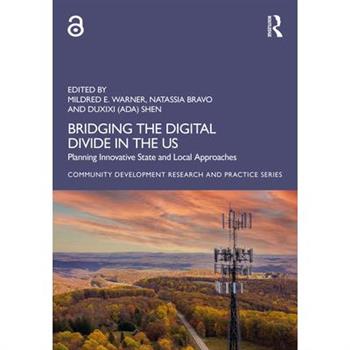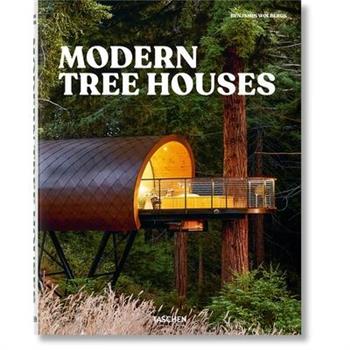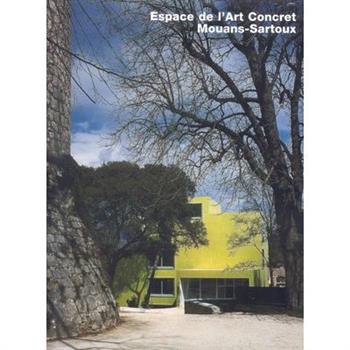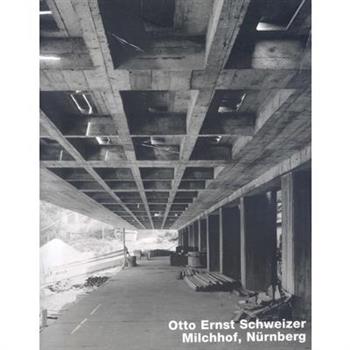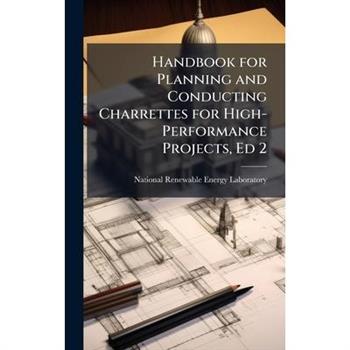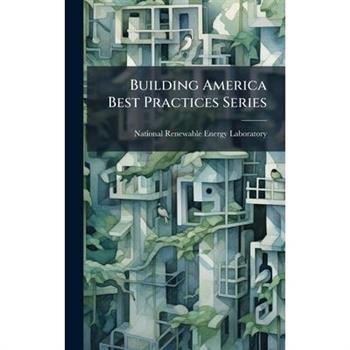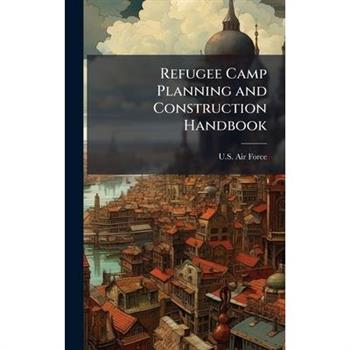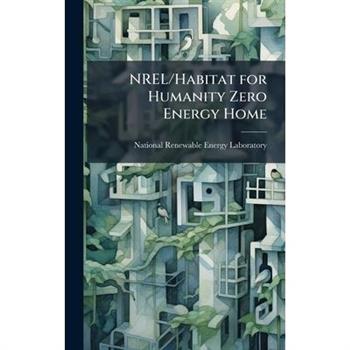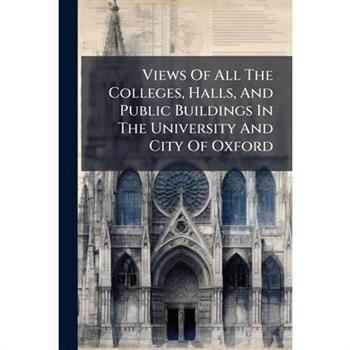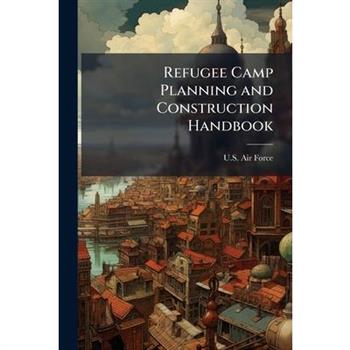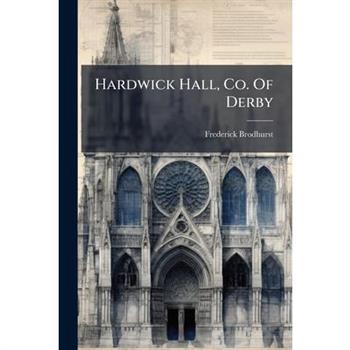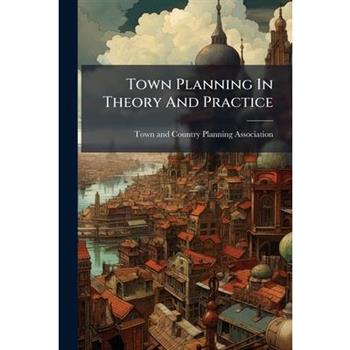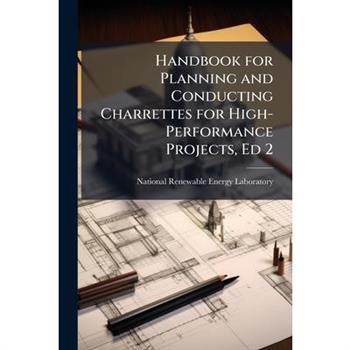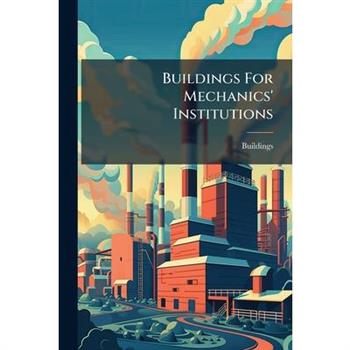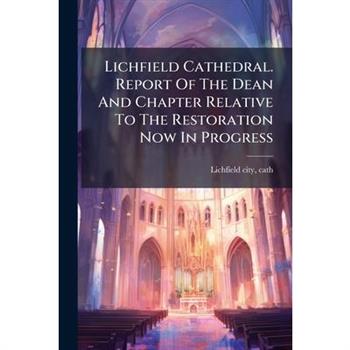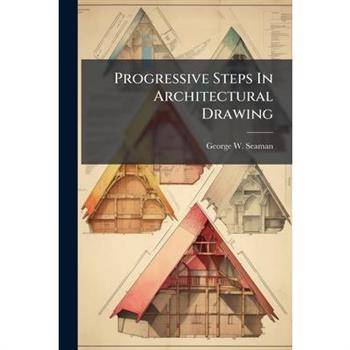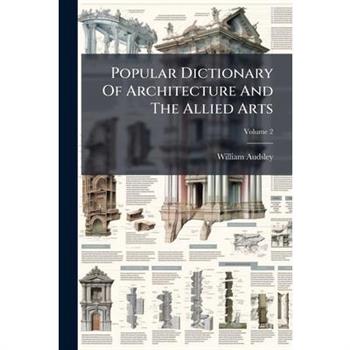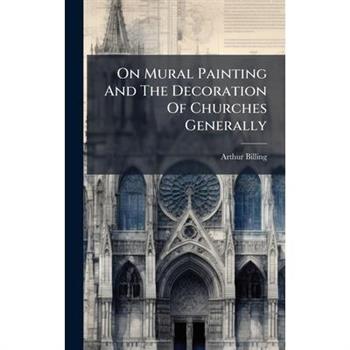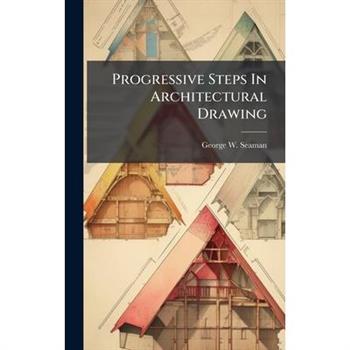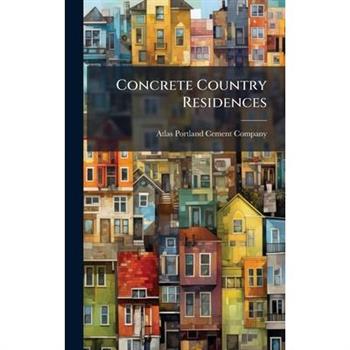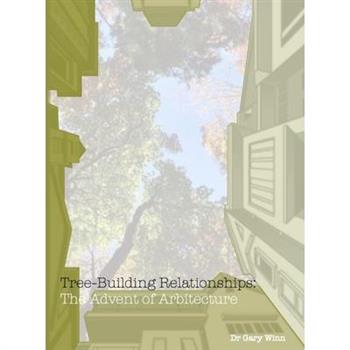Designing Trans-Generational Urban Communities
This book examines the inclusiveness of city planning and design to address gaps in policies, strategies and design guidelines for developing trans-generational urban communities in India.
Symbolism, Cognition and Communication in Architecture
This book discusses the role and significance of symbols and symbolism in graphical communication towards the establishment of meaningful architecture. It explores how these are effectively applied in architectural education for learner's empowerment in various cultures around the world.
Indigenous Architecture in India
This volume focuses on socio-spatial practices of indigenous communities in India. It explores the interrelation between the built environments and lifeworlds, i.e. practices, patterns, and structures of everyday life.
The House That Kahn Built
Kashef Chowdhury's fascination for Kahn's parliamentary building in Dhaka inspired this volume of photo essays. Kahn's design is characterized by an innovative architectural language that combines western and eastern traditions, forms and materials. Working from his Urbana practice in Bangladesh, Kashef Chowdhury designs architecture that is rooted in the history and nature of its location - whereby the latter also relates to a spiritual and cultural level. This explains his fascination for Kahn's parliamentary building in Dhaka, which inspired this volume of photo essays. Kahn's design is characterized by an innovative architectural language that combines western and eastern traditions, forms and materials. For instance, in view of the great importance of water in Bengali tradition, he placed the building complex by an artificial lake. Furthermore, although it is defined by strict geometrical forms, the parliamentary building reflects the transcendental nature of the National Assembly, defining the hopeful founding years of the independent state of Bangladesh.
Urban Futures
This book explores the built environment through aspects of spatial planning, ecology, infrastructure, and urban identity. By presenting case studies from both developed and developing nations, it reveals the interconnectedness of urban spaces with socio-economic and cultural dynamics, in addition to ecology and the environment.Urban areas and cities are key players in boosting economic development and enhancing social welfare. Nonetheless, the swift pace of urbanisation presents intricate challenges and obstacles in creating inclusive, sustainable, and resilient living spaces that are modern and capable of accommodating the growing needs of urban populations. This book probes various issues, interventions, and designs from diverse cities, diving into the specifics of sector-related concerns and new insights pertaining to land use planning and its implications, urban design frameworks, green and blue infrastructure, informal settlements, sustainability through resource conservation, transportation modelling, waste management, and ultimately, the image of the city.This book will be advantageous and appealing to students and researchers involved in the built environment, urban planning and design, heritage and vernacular identity, infrastructure, nature-based solutions, and urban studies. It will also attract the attention of professionals and policymakers associated with these fields who are engaged in shaping urban futures.
The Smart and Resilient City
While advanced technologies such as the Internet of Things (IoT), artificial intelligence (AI) and data infrastructures offer solutions for improving urban management and quality of life a priori, they also raise major challenges and risks. This book explores the constituent dimensions of the so-called smart city from two singular angles: the new uses stimulated by innovations and the needs that these innovations fill (mobility, food, culture, tourism, housing, etc.). Based on research carried out by the CitUs International Chair in collaboration with the cities of Montpellier and Montreal, The Smart and Resilient City explores the impact of digital, ecological and social transformations on urban management and the lives of city dwellers. It provides essential and engaging reading for the academic community in cities in transition, helping public and private decision-makers to develop new territorial projects that combine innovation with individual and collective well-being.
Fawad Kazi Kssg - Oks
The third volume of a series on the renovation of the Swiss public hospital KSSG-OKS. Since 2011, the Swiss city of St. Gallen's public hospital KSSG-OKS has been undergoing a comprehensive rebuilding and extension program. Developed by Zurich-based firm Fawad Kazi Architekt in collaboration with the KSSG-OKS planning consortium, the vast undertaking will completely transform the site into a large, coherent building complex by 2029. This third volume of the eventually five-part monograph on this major and hugely demanding urban development project is dedicated to Haus 07A, the largest of the new buildings, which gives the entire complex a new urban face. A high-rise that mainly hosts the hospital's wards is founded on a three-story elongated base with a spacious public roof terrace and includes the main entrance to the entire hospital complex.
Deon
The first book on DEON Architekten explores nineteen of their buildings and projects via sketches and drawings. The archive of Lucerne-based firm DEON Architekten contains beautiful sketches and drawings in a range of techniques such as charcoal, ink, pencil, and marker, on drawing or tracing paper and on plans. Many of these sheets are collaborative works, created in dialogue-based design within the firm, with external partners, and with clients. The diversity is vast and sometimes surprising, and they all illustrate that drawing is a brilliant tool for the development of ideas. DEON Architekten uses sketches and drawings as the main lens through which it explores the firm's work across nineteen buildings and projects. They range from a minor intervention in an existing structure to major industrial plants, from remodeling a private residence to a large housing development, from research commissions to submissions to public competitions. Divided into four chapters--Shape, Building Redevelopment, Interaction, Large Form--the volume focuses on the diverse processes that characterize the construction of architecture, the joint search for solutions, and the flow of design. Sketches and drawings are reproduced in true size and supplemented with plans, visualizations, and photographs. These lavish visuals illustrate DEON Architekten's design process and realized buildings.
Architecture as Built Criticism
Explores architecture's capacity to express cultural criticism. Can architects express explicit criticism through their buildings? Is modernist housing, for example, a collective criticism of unsustainable living conditions? Can a state's embassy convey critical messages to the home and host country? The essays collected in this volume present a wide range of built criticisms. Their authors' concise analyses broaden our view of an insufficiently explored field of knowledge. The 2023 International Conference on Architectural Criticism at Shanghai's Tongji University introduced the critical positions of leading international architects and architecture firms. The debate between tradition and modernity gave rise to varied approaches, such as opposition against unstoppable progress or against autocratic family ideals.
Trees, Time, Architecture!
Argues that the use of living trees in contemporary architecture can help cities adapt to climate change. Trees, Time, Architecture! marks an evolutionary step from shaping objects towards designing processes. The volume brings together a variety of views on the relationship between trees and architecture, urban spaces, modernism, politics, feminism, and cultural values. This collage of historical, research-based and discourse-related perspectives looks at how trees can be preserved, used, and appreciated in the Anthropocene. It highlights historic examples of growing architecture, such as the living root bridges of the Khasi people in India, the accommodation of trees in urban housing and public spaces, novel approaches to design and construction with living trees, as well as trees as a resource for building material. The essays, photographs, memoirs, film reviews, and conversations in this book are supplemented with exemplary architectures, new research perspectives, and current designs. They illustrate dynamic processes in which trees play a key role as constantly changing organisms. They invite a transdisciplinary examination of relationships between people, trees, and architecture, as well as their rethinking and further development in our time of constant change and limited resources.
Jamestown
A highly visual and new study of the rustic and whimsical shingled houses of Jamestown, Rhode Island from the colonial era to the development of the town as a picturesque report set in a coastal landscape.Jamestown, Rhode Island, set in the shimmering waters at the entrance to Narragansett Bay, is marked by cliffs and fields looking out to the sea- a vision of paradise, a place of natural abundance and scenic beauty. For centuries, builders devised architecture that seamlessly rose from and merged back into stony coast and rolling meadows. This island is home to a timeless landscape of pastoral richness and picturesque views; its buildings a testament to those who sought their fortunes and fulfilled their fantasies, within sight of the mainland, but a world apart. In each case, there is a remarkable relationship between the island's topography and its architecture. Through maps, paintings, poetry and prose, this book illustrates the vibrant heritage of Jamestown, its role as a place of refuge and retreat through the ages, a paradise shaped by the visions and labors of its inhabitants.
Bridging the Digital Divide in the Us
The US faces a deep digital divide which cuts across both urban and rural lines, but is most marked in rural, low income, and minority communities. This book presents a multi-level governance framework which explores how local leaders use policy opportunity and community resilience to address inequity in broadband infrastructure. Cases from communities across the US are profiled to show how local and regional initiatives address the digital divide - how they harness local resources, state and federal funding, and how they navigate regulatory restrictions and financial constraints. Special attention is given to rural and Indigenous communities, where the technological, organizational, and funding challenges are greatest. The federal policy landscape for broadband is changing, and this book provides clear insights on how policy can support the people and places left behind. This book is essential for planners and those studying or working in rural development, rural studies, and community development.The Open Access version of this book, available at www.taylorfrancis.com, has been made available under a Creative Commons Attribution-Non Commercial (CC-BY-NC) 4.0 license.
Bridging the Digital Divide in the Us
The US faces a deep digital divide which cuts across both urban and rural lines, but is most marked in rural, low income, and minority communities. This book presents a multi-level governance framework which explores how local leaders use policy opportunity and community resilience to address inequity in broadband infrastructure. Cases from communities across the US are profiled to show how local and regional initiatives address the digital divide - how they harness local resources, state and federal funding, and how they navigate regulatory restrictions and financial constraints. Special attention is given to rural and Indigenous communities, where the technological, organizational, and funding challenges are greatest. The federal policy landscape for broadband is changing, and this book provides clear insights on how policy can support the people and places left behind. This book is essential for planners and those studying or working in rural development, rural studies, and community development.The Open Access version of this book, available at www.taylorfrancis.com, has been made available under a Creative Commons Attribution-Non Commercial (CC-BY-NC) 4.0 license.
The Monument of Tomorrow
Rupture, iconoclasm, and tabula rasa are concepts commonly used to describe the approach to cultural heritage associated with the avant-garde and revolutionary politics during the early twentieth century. Highlighting artists and radical intellectuals who worked to protect public monuments in 1910-1950s Spain, The Monument of Tomorrow challenges the persistent narrative, imposed by Francoism, of an iconoclastic Second Republic in Spain.Author Miguel Caballero draws on a wide range of sources to examine how artists, architects, writers, and activists transformed monument and heritage conservation into a progressive, experimental cause in their fight against fascism. During the Spanish War, with its devastating air raids, these individuals were motivated by the "defense of culture" to become determined conservationists. Caballero's research incorporates surviving monuments, architectural plans, propaganda posters, and literary works, including novels, plays, and poetry. The war became a laboratory for experiments in conserving and redefining monuments and national heritage. Modernist-style protective structures, for example, were built atop Madrid's historic monuments, including statues of Cybele, Neptune, and Phillip III in Plaza Mayor. Such innovations later influenced strategies for safeguarding monuments during the Second World War. This history, Caballero argues, makes the Spanish War pivotal to development of the concept of World Heritage. Ultimately, The Monument of Tomorrow demonstrates that heritage conservation does not have to be politically conservative. Those interested in anti-fascism, art history, modern architecture, modernism, cultural heritage, conservation and preservation, Iberian studies, and war studies should find valuable insights in this innovative, original work.
Reinhard Gieselmann
The extensive built work of the 1925 born Reinhard Gieselmann, focussing on vernacular and church architecture, is characterized by powerfully three dimensional building and explicit material effects.
Otto Ernst Schweizer: Milchhof Nurnberg, Opus 59
Otto Ernst Schweizer architect, philosopher and teacher, had a crucial effect on the path of Modern architecture. When the central dairy in Nuremberg was finished in 1931 it ws the largest complex of its kind in Europe and was seen by critics as a work that deserved the rank of prototype.
Evaluation of ANSI/ASHRAE/USGBC/IES Standard 189.1-2009
Refugee Camp Planning and Construction Handbook
Architectural Theory. Pioneering Texts on Architecture from the Renaissance to Today
If you've ever wondered what goes through architects' minds when they design buildings, you'll be happy to know that there's no shortage of brilliant reading material to satisfy your curiosity. Wading through the archives at your local library may prove fruitful to your endeavor, but it won't give you the instant gratification that Architectural Theory will.This book brings together all of the most important and influential essays about architecture written since the Renaissance, copiously illustrated and neatly organized chronologically by country. From Alberti and Palladio to Le Corbusier and Koolhaas, the best treatises by architecture's greatest masters are gathered here, each accompanied by an essay discussing its historical context and significance. This is the all-in-one, must-have book for anyone interested in what architects have to say about their craft.The comprehensive overview that will help transform even the most uninformed novices into well-informed connoisseurs!





